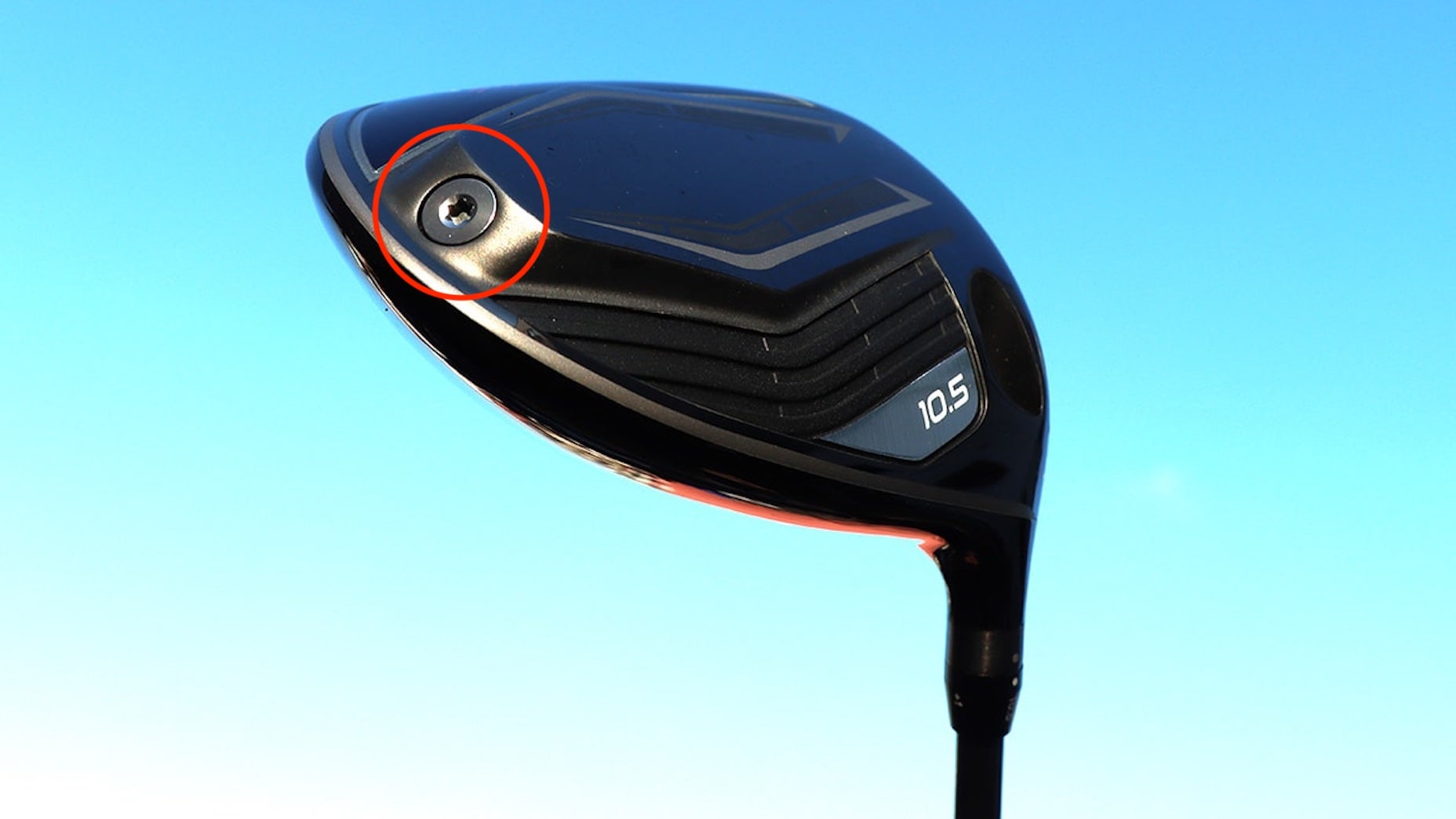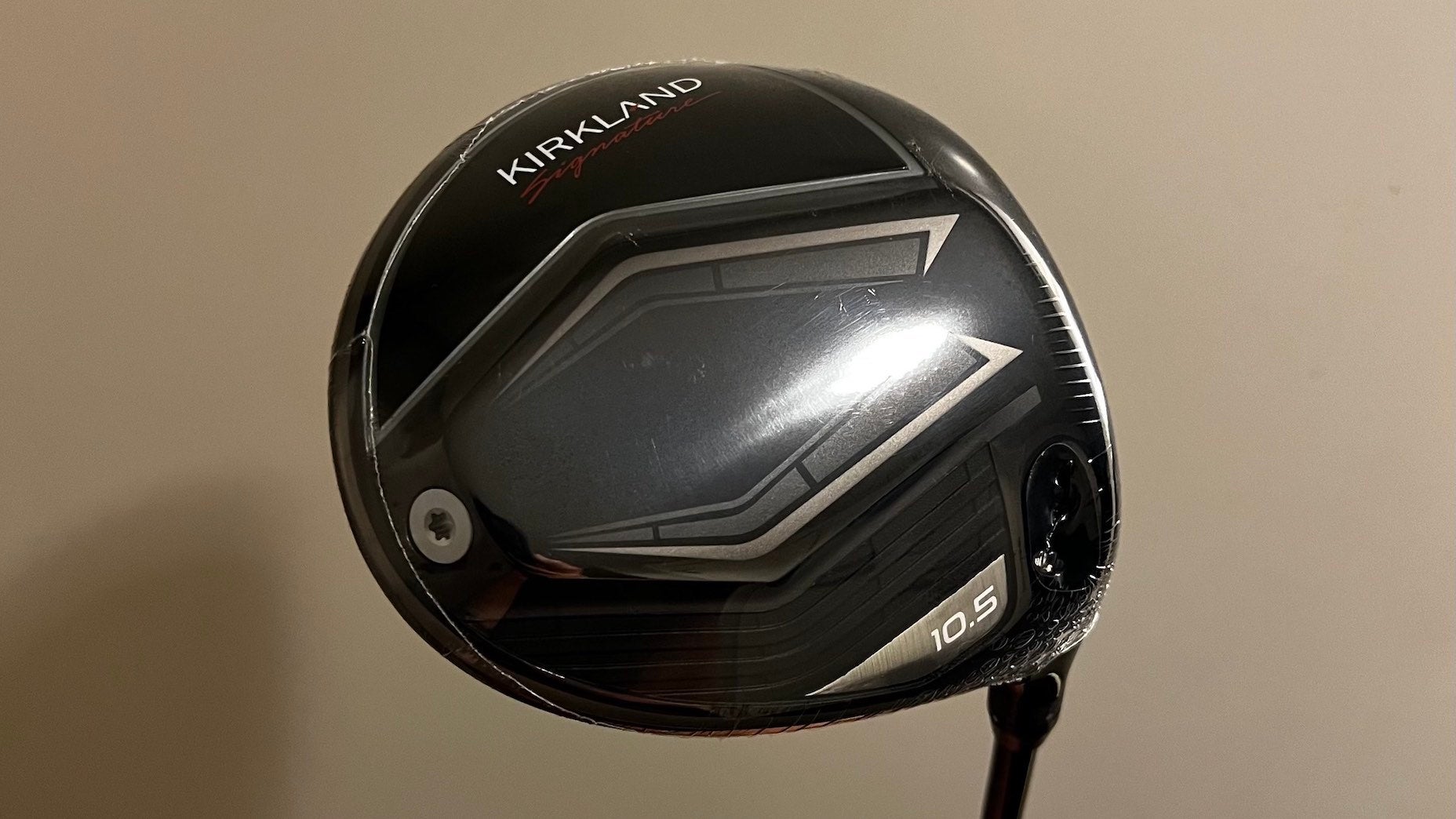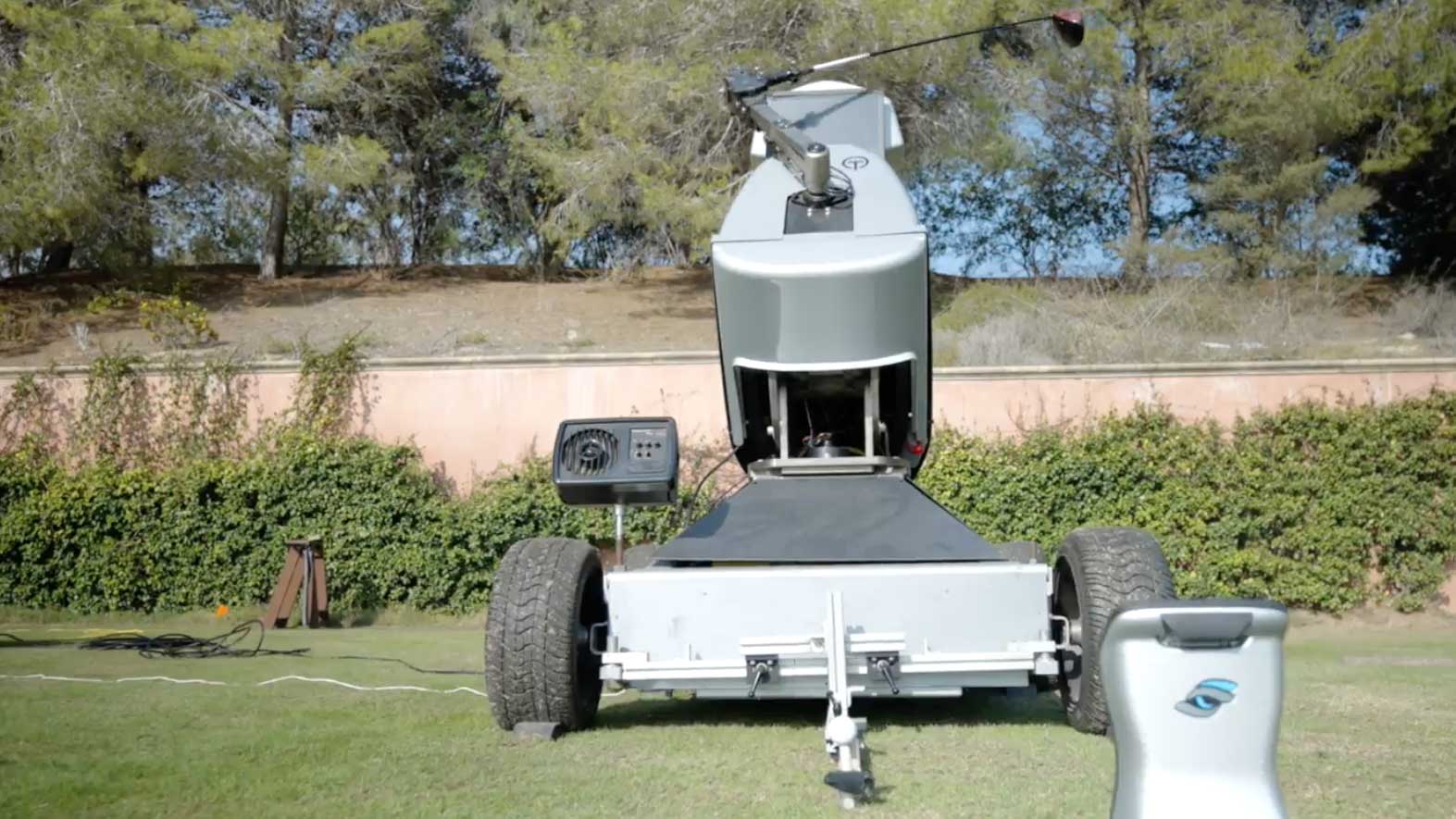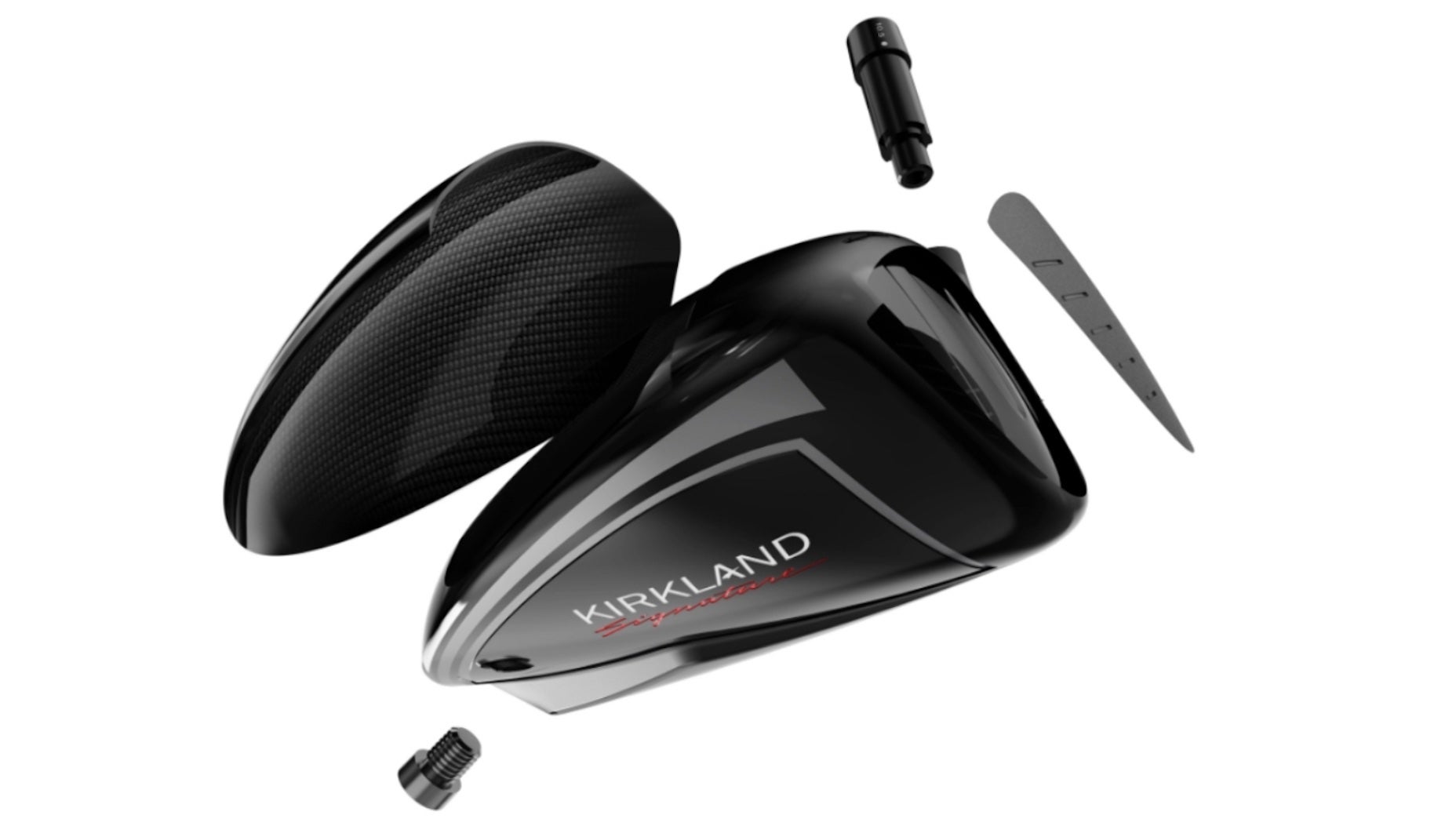Everyone likes a deal. It doesn’t matter if you’re shopping for apples or an automobile, if you can get something of quality for less than it’s worth, you’re going to feel better about the purchase. Which brings us to Costco’s recently released Kirkland Signature driver.
At $199.99, the adjustable driver appears to be a certified deal based on the construction. It’s comprised of a titanium body and face, carbon composite crown and a four-way adjustable hosel — all materials and designs found on drivers boasting price tags over $450.
But how does it stack up next to the equipment blue-bloods? One month after Golf Laboratories’ swing robot put Costsco’s Kirkland Signature irons to the test in our latest round of robotic testing, we ran the Kirkland Signature driver through our testing to determine how it fared against ’24 offerings.
Below are 3 interesting insights from our robotic data.
Note: All drivers were tested on the swing robot at 95 mph using the same attack angle for an apples-to-apples comparison. We analyzed three points on the face — center, toe and heel — to determine distance loss and changes to launch and spin on off-center strikes.
1. No height issues

Across the three points we tested on the face (center, toe and heel), Costco’s Kirkland Signature driver recorded a 12.4-degree launch angle in the standard 10.5-degree setting. Compared to the 40-plus drivers tested — at lofts ranging from 8 to 12 degrees — only six recorded a higher launch angle, and four of those were 12-degree offerings.
If you’re someone who struggles to get the ball airborne, having a driver with some built-in launch can be an added benefit. And speaking of added benefits, the driver recorded a sub-3,000 RPMs spin rate at an average swing speed. Those numbers are nearly identical to many of the 10.5-degree max forgiveness models that went through recent testing.
Adding a rear weight screw to the head helps increase the overall launch properties while increasing Moment of Inertia (MOI) at the same time. Exactly how much the screw helps improve ball speed retention is a topic we covered below.
2. Keeping up

Every golfer wants a driver with ball speed in the tank, but unless you’re a robot or have Calvin Peete’s accuracy, it’s important to weigh the off-speed numbers (heel and toe) more heavily than the geometric center strikes.
Of course, it’s natural to wonder how a driver performs when you catch it flush.
With Costco’s newest offering, a center strike at 95 mph produced a ball speed of 137.5 mph. Looking at the other 10.5-degree heads, only two drivers recorded a lower center strike ball speed number, and one delta was within the noise.
But that doesn’t mean the Kirkland is slow. The highest center strike ball speed recorded for a 10.5-degree head was 141.1 mph, meaning the Kirkland would finish roughly 10 yards behind the fastest driver in a head-to-head test. But if you take a look at the rest of the pack, the difference in speed ranges from 0.3 to 2.5 mph. Yes, it’s a slower driver, but it’s not in another zip code.
3. Coming up short

Costco’s driver produces high launch numbers, relatively low spin and isn’t too far behind the pack in terms of center strike ball speed. Similar to the Costco irons, the driver does a lot of things well — to a point.
For those who struggle with consistent toe misses, the Kirkland distance drop-off is notable. Comparing the carry distance on center strikes to 3/4-inch toe strikes, the driver saw carry distance drop by more than 15 yards. To put that number into perspective, only one driver we tested had a larger delta — and it was an 8-degree head with low launch and spin characteristics that generally wouldn’t perform well at 95 mph.
For golfers who miss in the heel, the driver finds itself in the middle of the pack with a delta of 10.5 yards on 3/4″ heel strikes. That’s the good news. The not-so-great news is that the number was near the bottom when looking strictly at 10.5-degree heads with similar max forgiveness properties.
The heel and toe numbers are a reminder that it’s important to know what you’re getting before a purchasing decision is made — even if you’re willing to overlook a driver’s shortcomings for $199.99.
Want to overhaul your bag for 2024? Find a fitting location near you at True Spec Golf.
Latest In Gear

Jonathan Wall
Golf.com Editor
Jonathan Wall is GOLF Magazine and GOLF.com’s Managing Editor for Equipment. Prior to joining the staff at the end of 2018, he spent 6 years covering equipment for the PGA Tour. He can be reached at jonathan.wall@golf.com.









